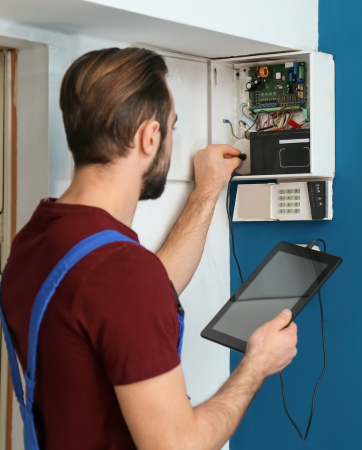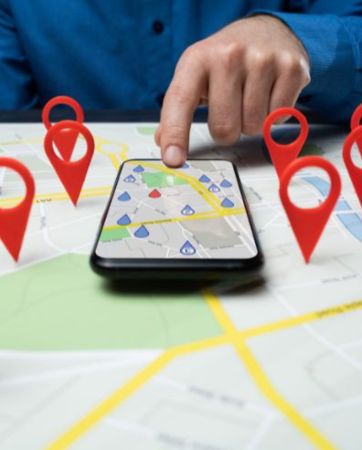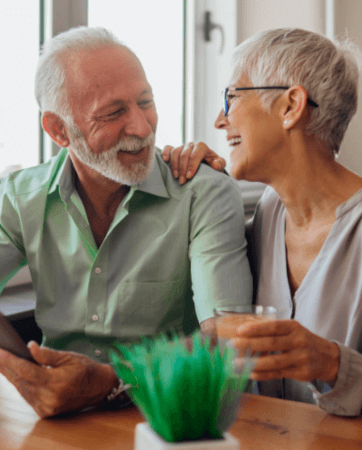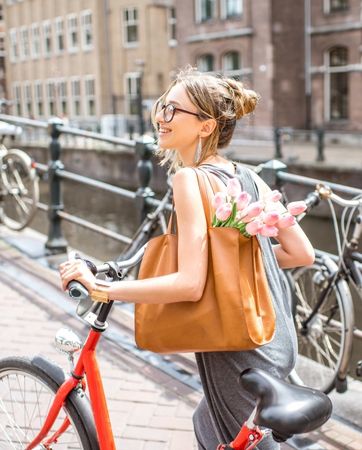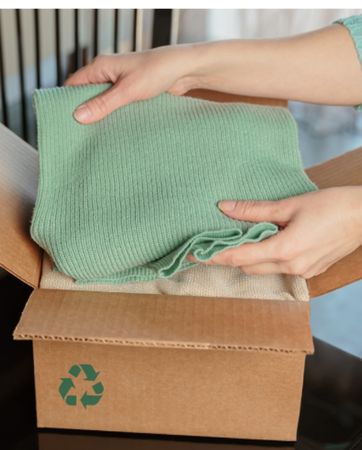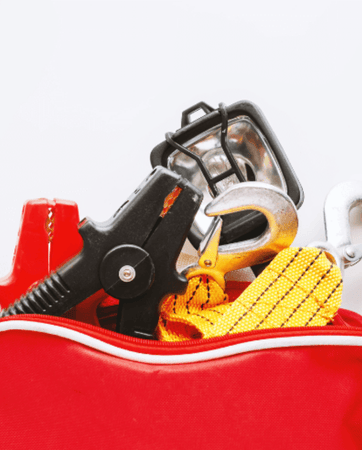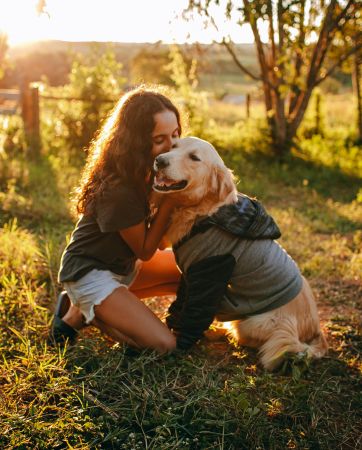The Ultimate Guide To Training Your Puppy
The information in this blog post was provided by our partners in Petmania.
Helping your puppy to navigate the human world is full of challenges, but one of the first things you will want to do is begin training your little fur ball. From learning how to use the toilet outdoors, to sitting, staying and recall training, there’s no doubt your puppy has a lot to learn in those first few months!
With some patience and plenty of treats and attention, you will have your puppy trained in no time.
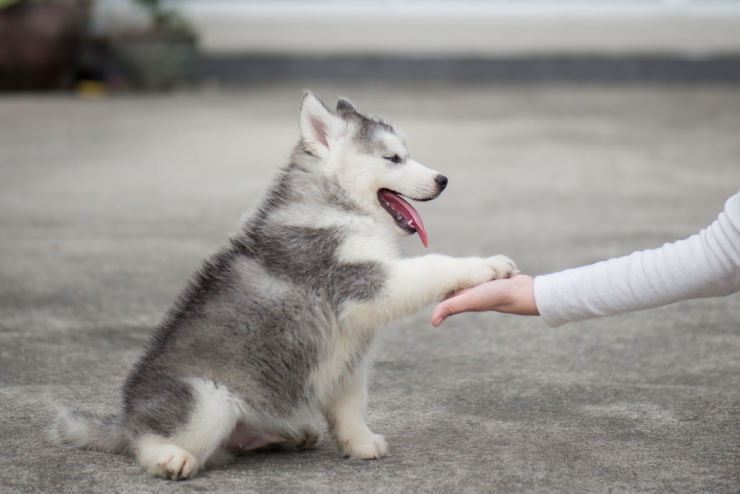
Why is training important?
Training your puppy is a fantastic bonding experience for both you and your new fur baby. Your puppy will learn to trust you and you will learn to understand them better, making the training all that bit easier. Puppies start learning from birth and despite their relatively short attention spans, you can expect to begin to learn some basic obedience commands such as “sit,” and “stay,” as young as seven to eight weeks of age.
Command training your puppy
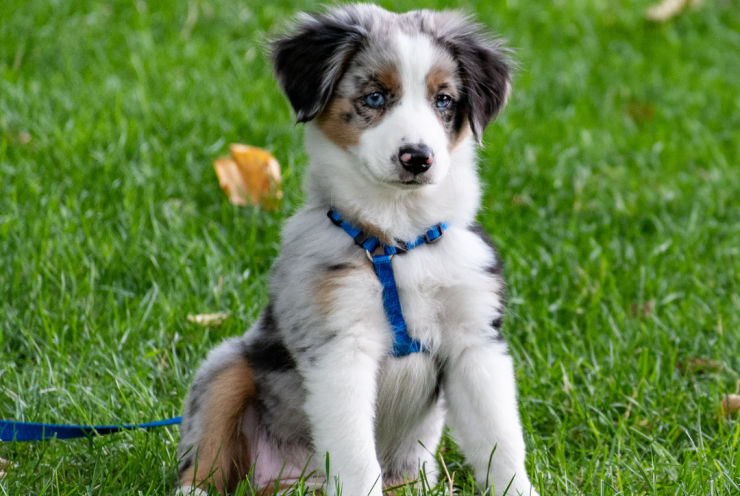
Teaching puppy to ‘sit’
- Stand in front of your puppy holding some of their favourite food or treats.
- Wait for them to sit and reward them with a treat.
- Then step backwards or to the side, encouraging them to stand, and wait for them to sit again.
- Reward them another treat as soon as they sit.
- Repeat these steps, and after a few times you can begin saying “sit” right as they begin to sit.
Benefits of sitting:
Sitting has many uses; it can eradicate bad behaviour as well as keeping your dog politely at your side. Training your dog to sit helps to maintain the calm, controlled behaviour many pet parents want.
Teaching puppy to ‘stay’
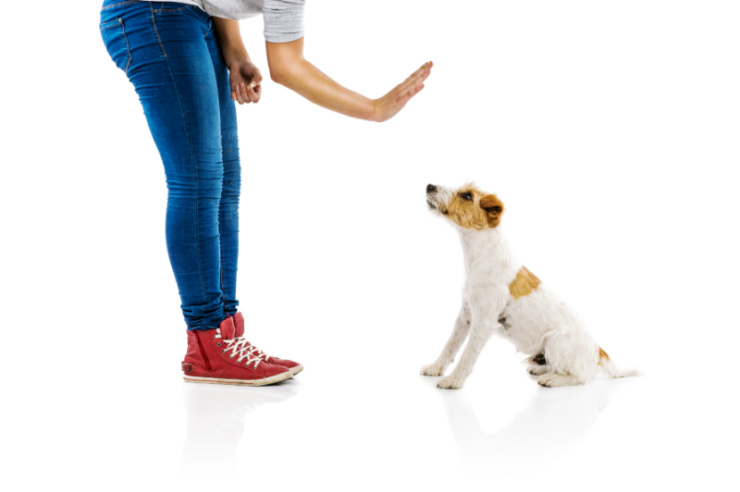
A puppy who understands the “stay” prompt will continue sitting in position until you instruct them to get up by giving a different prompt, called the “release word.”
- First, teach your puppy the release word, such as “come” or “okay.”
- Stand with your puppy, throw a treat on the floor and say your release word as they go forward to retrieve the treat.
- Repeat these steps a few times until you can say the release word first, and then throw the treat after they begin to move. This teaches your pup that the release word signifies they must move their feet.
- When your puppy understands the release word and how to sit on demand, place them in staying position and give them a treat.
- Pause, give them another treat for staying in position, and then release them.
- Slowly raise the amount of time you wait between treats.
- If your puppy gets up or tries to walk away before you can give the release word, don’t give out to them. They might not be ready to stay for that long, so continue training in shorter intervals.
- Once your puppy is able to stay in position for several seconds, you can begin adding distance.
- Place them in position, say “stay,” take one step back, then step forward to give a treat, and say your release word.
- You can then continue to increase the amount of steps. We recommend practising this while you are facing them as well as when your back is turned.
Recall training
For your dog to have a good recall, they must understand their name. Every time you interact with or speak to them, use their name so they can get used to hearing it.
- Start off with your puppy on a short leash.
- Throw a treat or toy away from you and when your pup starts to come back with it, say “come.”
- Repeat this process until your pup has mastered it, and once they are ready, increase the distance until they are able to come back to you on a longer leash.
- Once they have gotten the hang of it, throw in some distractions such as other people or toys while giving the command, to help your pup understand they must return to you.
- Once they are responding to their name and recall word and coming back to you, you could play games such as hide and seek. Call them from another room, and when they find you, give lots of praise and rewards. This is a great way to not only bond with your dog but train them to come back to you as well.
Top tip: Training your puppy, whether it is for recall or going to the toilet, should always be a positive and fun experience. Negative associations such as punishment for not obeying a command can impede the training progress, so always keep it light-hearted and enjoyable!
Crate training
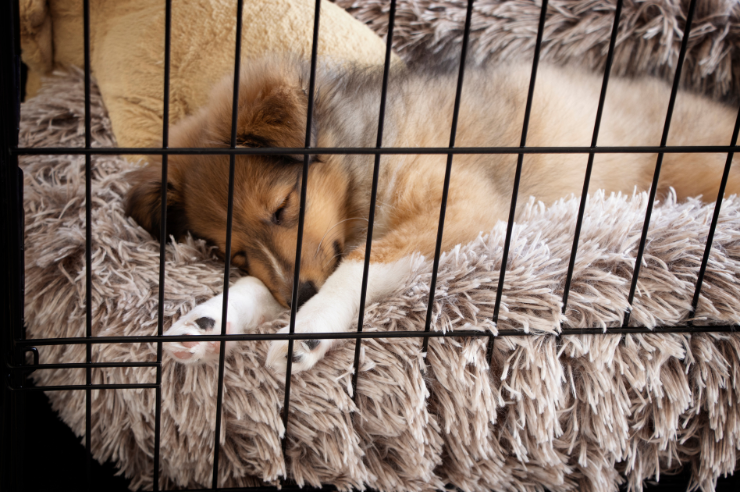
What is crate training?
Crate training can be a very helpful management tool when introducing your puppy into their new home. Puppies don’t like being left alone and can express their dislike through destructive behaviour. If crate training is done properly, it can help reduce unwanted behaviour and give your puppy somewhere to relax where they can feel safe and secure.
Think positive!
To ensure that the crate becomes a place where the puppy feels comfortable and loves to be, it is essential to make positive associations with the crate from the get-go. It should be a nice, safe place for your puppy to go to, but also a fun space too. The more positively they think of their crate, the more inclined they will be to go there when you need them to.
It is a good idea to feed your puppy in their crate as this reinforces positive associations. You could even leave puppy treats or a Kong, a fun treat dispensing toy, in the crate if the puppy will be left alone for short periods of time. This will keep them busy and occupied while also nurturing their chewing urges (meaning they’re not chewing on things they shouldn’t be!).
Lead training

Getting prepared
The best place to begin training your dog to stay on a lead is actually indoors. Get them used to wearing a collar first by taking them around the house on a short lead. This will help them get used to the feeling of the lead on the collar as well as being led around and following you.
Once your puppy has mastered following you around the house, you can take them outside into the garden. There’s lots of new distractions, sights and smells in the garden, so it’s a good idea to start here so your puppy will be prepared and ready for when you venture out into the park and new areas.
A good recall is critical when training your puppy to walk on a lead. Your dog should not be off a leash in public without a good recall or knowing their name, so it is essential to teach this as early as you can and when they are still in the puppy stage.
Teaching puppy to walk on a lead
- Before you go outside, make sure your pup has a well-fitted collar and harness and give them some time to get used to it.
- Next, attach the leash to your puppy’s harness and let them drag it around at home under your supervision until they get used to having the harness and leash attached to them while walking.
- Practice the “Heel” command at home initially. This will urge your puppy to stay focused on you, since their home environment is what they are used to, compared to outside with lots of distractions. Pick a side for your puppy to sit next to you and stick with this side.
- With your pup beside you on your chosen side, and their favourite treat in hand, lower it to their nose, and with your leg close to them, take a small step forward as you say “Heel”. As your pup follows your step, say “Good” and reward with the treat.
- Once your puppy begins to get the hang of walking beside you at home, you can start to move the “Heel” exercise outside in your garden, driveway or right in front of your home.
- It is a good idea to pick a familiar location at first to limit the amount of distractions for your puppy. Continue the “Heel” training routine, and gradually start to increase the length of their walk until they are consistently staying on your side.
Toilet training

Knowing the signs that your puppy needs to go to the toilet is really important when toilet training – whining, circling, sniffing, barking or scratching at the door are all common signs that your puppy needs to go to the toilet.
- Puppies usually need to go toilet an hour after eating, so take your pup outside to go around this time.
- Take them out first thing in the morning, as they may have been holding it in overnight.
- Your pup can get over excited about new things or people, so take them to go before your guests arrive or the kids come home from school.
- For the first couple of weeks, your puppy will also need to pee at night, so take them to their outside spot at night too, to help prevent accidents.
House training your puppy
When the puppy inevitably has an accident inside the house, you simply pick them up and take them outside. It’s as easy as that! Soon, they will understand that it is outside where they need to do their business.
As with any training, positive reinforcement is a much healthier way of teaching your dog new things. Moving to a new home is stressful for your new puppy; it will miss its mother and siblings, so try not to scold the puppy when it has had an accident. The puppy won’t know what it has done wrong, so the best way is to reward and praise when the puppy pees outside.
Dog training at Petmania
Positive, reward-based training will help your dog to become a well socialised, happy and confident member of your family. It will also help ensure that they are safe and builds trust between you and your dog. Petmania are committed to helping Irish dog owners with their dog’s training and are delighted to offer dog training courses at their stores. They are now taking bookings for their training courses in Athlone and Waterford, with additional courses becoming available soon.
If you’re in the market for Pet Insurance, why not get a quote today.
An Post Insurance Pet Insurance is arranged and administered by Cover-More Blue Insurance Services Limited and underwritten by Burns & Wilcox Global Solutions Limited B.V. for and on behalf of the insurer, Zavarovalnica Sava d.d. ('Sava'), Slovenia. Sava are regulated by the Insurance Supervision Agency of Slovenia E.U. and is regulated by the Central Bank of Ireland for conduct of business rules. Cover-More Blue Insurance Services Limited is regulated by the Central Bank of Ireland.
All the information on this blog is published in good faith and for general information purposes only. While An Post Insurance makes every effort to ensure that the information appearing on this blog is accurate and complete, it does not make any warranties about the completeness, reliability or accuracy of this information, whether express or implied, including but not limited to implied warranties of merchantability, fitness for a particular purpose or non-infringement. Any action you take upon the information you find on this blog is strictly at your own risk. An Post Insurance will not be liable for any direct, indirect or consequential losses and/or damages in connection with the use of, or action taken in reliance on information contained in our blog.
Through this website you are able to link to other websites which are not under the control of An Post Insurance. We have no control over the nature, content and availability of those sites and if you click on links to these websites you will be subject to the terms and conditions of those sites. The inclusion of any links does not necessarily imply a recommendation or endorse the views expressed within them.







